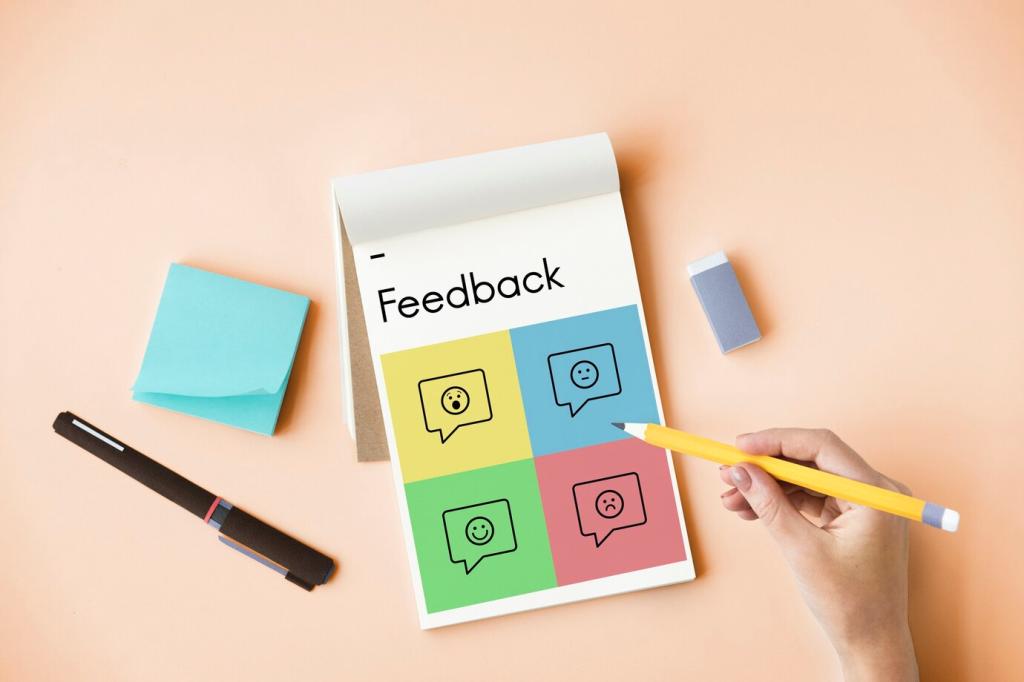Programming a Heart‑Smart Dance Workout
Start with 5–8 minutes at 120–130 BPM to mobilize ankles, hips, and thoracic spine. Use simple step‑touches, dynamic lunges, and light torso isolations. A musical pulse with progressive range readies the body and mind before higher‑impact choreography arrives.
Programming a Heart‑Smart Dance Workout
Cycle combinations between 130–150 BPM for moderate cardio and occasional 160+ BPM sprints. Aim for RPE 6–8 during peaks, then actively recover. Intervals keep energy high without burnout, especially online where household distractions tempt you to pause early.





